I have the following Formula in First Order Logic.
forAll a:A | forAll b :B | if a.r1=b then a.r2=b
simply, for all objects of type A, and for all objects of type B, if they are related by r1 then they are related by r2 as well.
Here is the Class diagram:
Can somebody provide the OCL representation of the above formula please.
